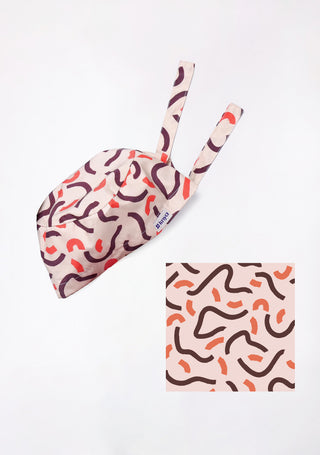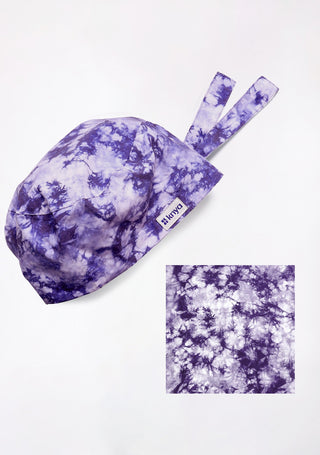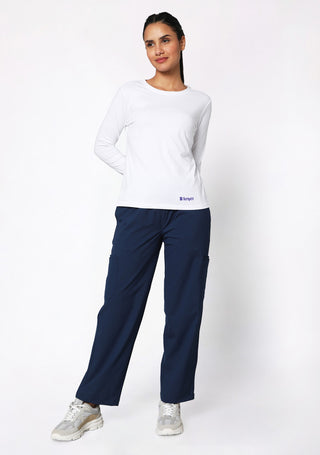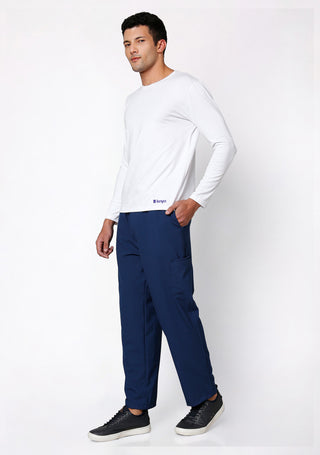The future of healthcare is inextricably linked to sustainability, and medical wear is a crucial aspect of this transformation. By shifting towards eco-friendly materials, reusable PPE, and innovative production methods, the healthcare industry can significantly reduce waste, lower costs, and enhance worker comfort all while safeguarding the planet.While challenges remain, the momentum toward sustainable medical wear is undeniable. With increased awareness, industry collaboration, and regulatory support, healthcare will take a decisive step toward a greener, healthier future one scrub, glove, and lab coat at a time.
The Environmental Impact of Traditional Medical Wear
Medical professionals rely on personal protective equipment (PPE) daily, and the sheer volume of disposable medical wear used worldwide is staggering. The COVID-19 pandemic highlighted the dependence on single-use PPE, leading to a massive increase in medical waste. Consider these statistics:
- The World Health Organization (WHO) reported that tens of thousands of tons of COVID-19-related medical waste accumulated globally.
- Traditional disposable PPE, made from synthetic fibers like polypropylene and polyester, takes hundreds of years to decompose.
- Non-biodegradable scrubs, gloves, and masks often end up in landfills or oceans, further contributing to pollution.
These concerns underscore the need for sustainable alternatives that reduce the environmental burden while maintaining the safety and effectiveness of medical attire.
Browse best Scrubs Collection
What is Sustainable Medical Wear?
Sustainable medical wear refers to clothing and PPE made from eco-friendly materials, designed for reusability, recyclability, and minimal environmental impact. The key characteristics of sustainable medical wear include:
Use of Eco-Friendly Materials
Sustainable fabrics and materials are replacing traditional petroleum-based textiles. Some popular alternatives include:
- Organic Cotton – Grown without harmful pesticides, organic cotton is biodegradable and breathable.
- Bamboo Fabric – A renewable resource with antibacterial properties, making it ideal for scrubs and lab coats.
- Hemp Fiber – Durable, lightweight, and biodegradable, hemp is gaining popularity in medical clothing.
- Recycled Polyester – Repurposed from plastic waste, this material helps reduce landfill accumulation while offering durability.
Reusable & Washable PPE
Instead of disposable masks, gowns, and gloves, companies are now producing washable and reusable alternatives. Modern sterilization techniques ensure these products maintain hygiene standards without contributing to excessive waste.
Ethical Manufacturing Practices
Sustainable medical wear companies prioritize fair labor conditions, energy-efficient production methods, and reduced water consumption. This not only benefits the environment but also ensures ethical business operations.
The Benefits of Sustainable Medical Wear
Reduced Environmental Footprint
One of the primary advantages of sustainable medical wear is the significant reduction in waste. Biodegradable materials decompose naturally, while reusable options minimize landfill contribution.
Cost Savings for Healthcare Institutions
Although sustainable scrubs and PPE might have a higher initial cost, they offer long-term savings. Reusable medical wear reduces the need for constant repurchasing, lowering operational expenses for hospitals and clinics.
Improved Comfort and Breathability
Many sustainable fabrics, such as bamboo and organic cotton, offer better breathability, softness, and hypoallergenic properties, ensuring healthcare professionals stay comfortable during long shifts.
Positive Brand Image & Patient Trust
Hospitals that adopt eco-friendly medical wear demonstrate their commitment to corporate social responsibility (CSR). This enhances their reputation, builds patient trust, and attracts environmentally conscious talent.
Regulatory Compliance & Industry Adaptation
As governments push for stricter sustainability regulations, hospitals and medical institutions must adapt. Investing in eco-friendly medical wear ensures compliance with future industry standards and environmental laws.
Shop the Best Lab Coats from Here!
Innovations Driving Sustainable Medical Wear
Several technological advancements are propelling the development of sustainable medical attire.
Smart Fabrics & Antimicrobial Technology
Innovative textiles are now being designed with self-cleaning and antimicrobial properties, reducing the frequency of washes and extending the lifespan of garments.
3D Printing for Medical Apparel
Researchers are exploring 3D printing technology to create biodegradable, customized medical wear with minimal material wastage.
Circular Economy Initiatives
Companies are implementing take-back programs where used scrubs and PPE are collected, sanitized, and repurposed into new products, promoting a closed-loop system.
Challenges & Considerations
Despite the promising future of sustainable medical wear, there are challenges to overcome:
- Cost & Accessibility – While costs are expected to decrease with demand, sustainable medical wear is currently more expensive than traditional PPE.
- Regulatory Approvals – Eco-friendly materials must meet strict healthcare standards to ensure safety and performance.
- Behavioral Change – Healthcare professionals and institutions need to embrace a shift from disposable culture to sustainable practices.
The Future of Sustainable Medical Wear
Looking ahead, sustainable medical wear will continue evolving with stronger industry adoption, governmental support, and ongoing innovations.
- More Hospitals Going Green – Leading hospitals worldwide are setting sustainability targets, reducing medical waste, and adopting eco-friendly medical wear.
- Technological Advancements – As research progresses, expect lighter, stronger, and even biodegradable PPE alternatives.
- Consumer Awareness & Demand – With growing environmental consciousness, more medical professionals will opt for sustainable workwear, pushing the industry toward greener solutions.












